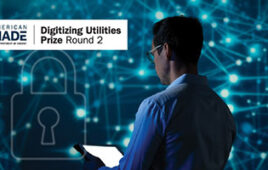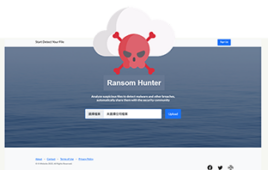New guidance issued for first responders collecting suspected biothreat agents
Suspicious packages and powders have triggered more than 30,000 responses by U.S. law enforcement agencies across the country since 2001. These events are expensive, time-consuming and potentially dangerous. To help first responders at all levels of government deal safely and more effectively with suspected biothreat agents, the National Institute of Standards and Technology (NIST) and a broad team of federal, state and local agencies and other organizations worked together to update an existing standard for sample collection and develop overall guidance for when to collect a sample and how to coordinate with other agencies and organizations.
The original standard protocol for collecting and preserving samples of suspicious powders was developed and published in 2006 at the request of the U.S. Department of Homeland Security by a multiagency team coordinated by NIST and AOAC (Association of Analytical Communities) International. It outlined a two-step process for collecting bulk samples of suspicious powder from a solid surface such as a desktop or tile, and the collection of residual material with swabs for use in field evaluation.
Recommendations for developing new, general guidelines to facilitate sample collection and coordination with a receiving laboratory came from members of two focus groups from the first responder community. With expertise in sample collection and forensic research, and unique relationships with government agencies and stakeholder communities, NIST, together with a coalition of federal, state and local agencies and stakeholder organizations, was able to revise the standard and develop new guidance.
Because many of the organizations involved in responding to these incidents have different concerns and needs for sample collection, broad acceptance of the new standard and guidance is critical. For example, first responders initially assess a situation by performing a risk assessment in coordination with public health response, including the Centers for Disease Control and Prevention, and law enforcement, including the Federal Bureau of Investigation. The primary concern of this assessment is protecting the public while preserving the chain of custody if the incident is a confirmed biothreat event and material is used as evidence in a criminal investigation.
“The new guidance explains that first response agencies should do the legwork now to establish relationships they will need in the event of an incident,” says Jayne Morrow, an environmental engineer at NIST who led the revision project. “For example, it provides recommendations regarding who should be at the planning table, and it even recommends creating a laminated card of phone numbers for expert support to enable first responders to effectively address one of these situations.
“What first responders tell us they like about this guidance is that it’s appropriate for any jurisdiction, regardless of its size and resources,” says Morrow. “And the key message is that, through response coordination and communication, we can effectively deal with an event in a timely and appropriate manner.”




